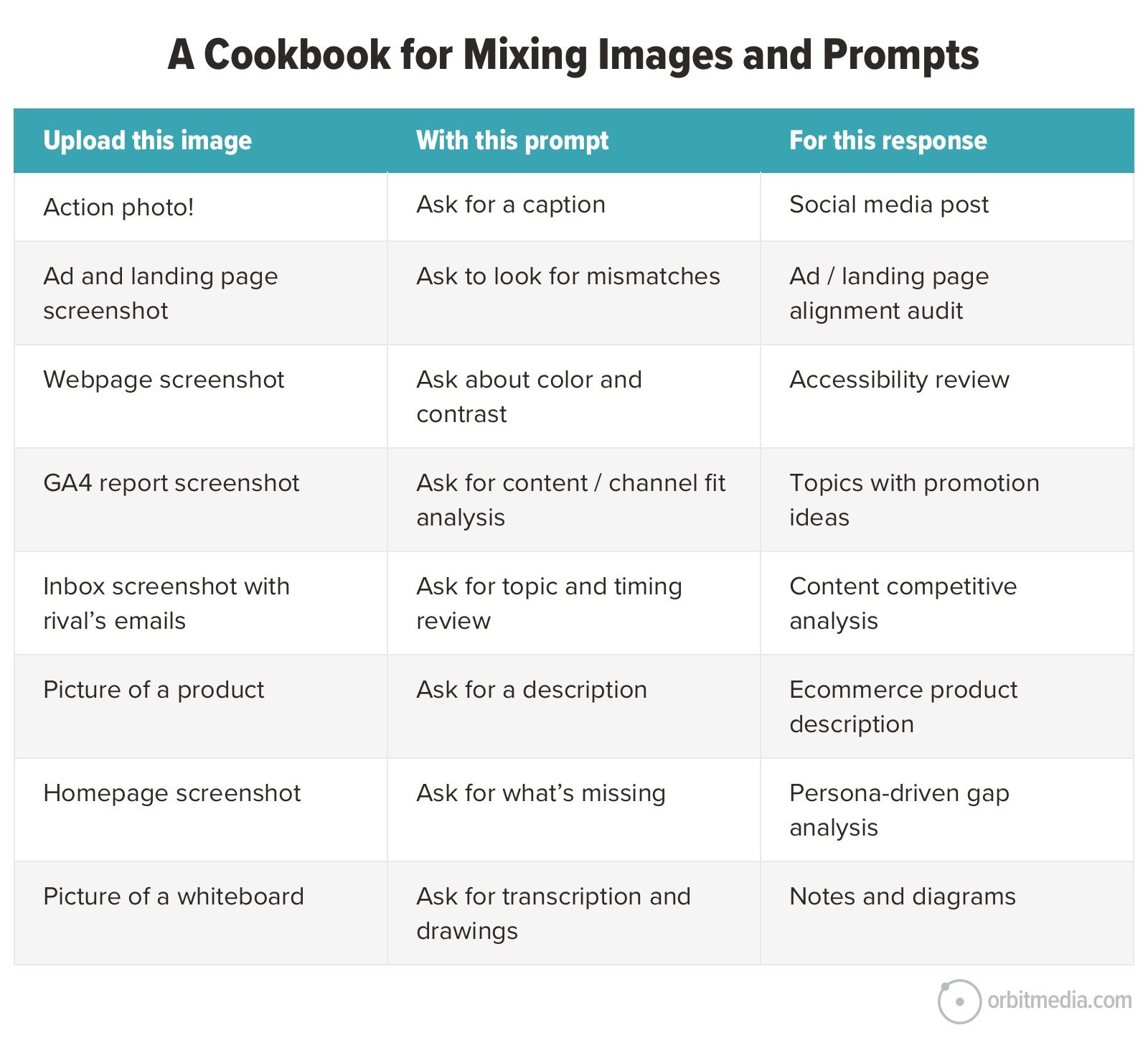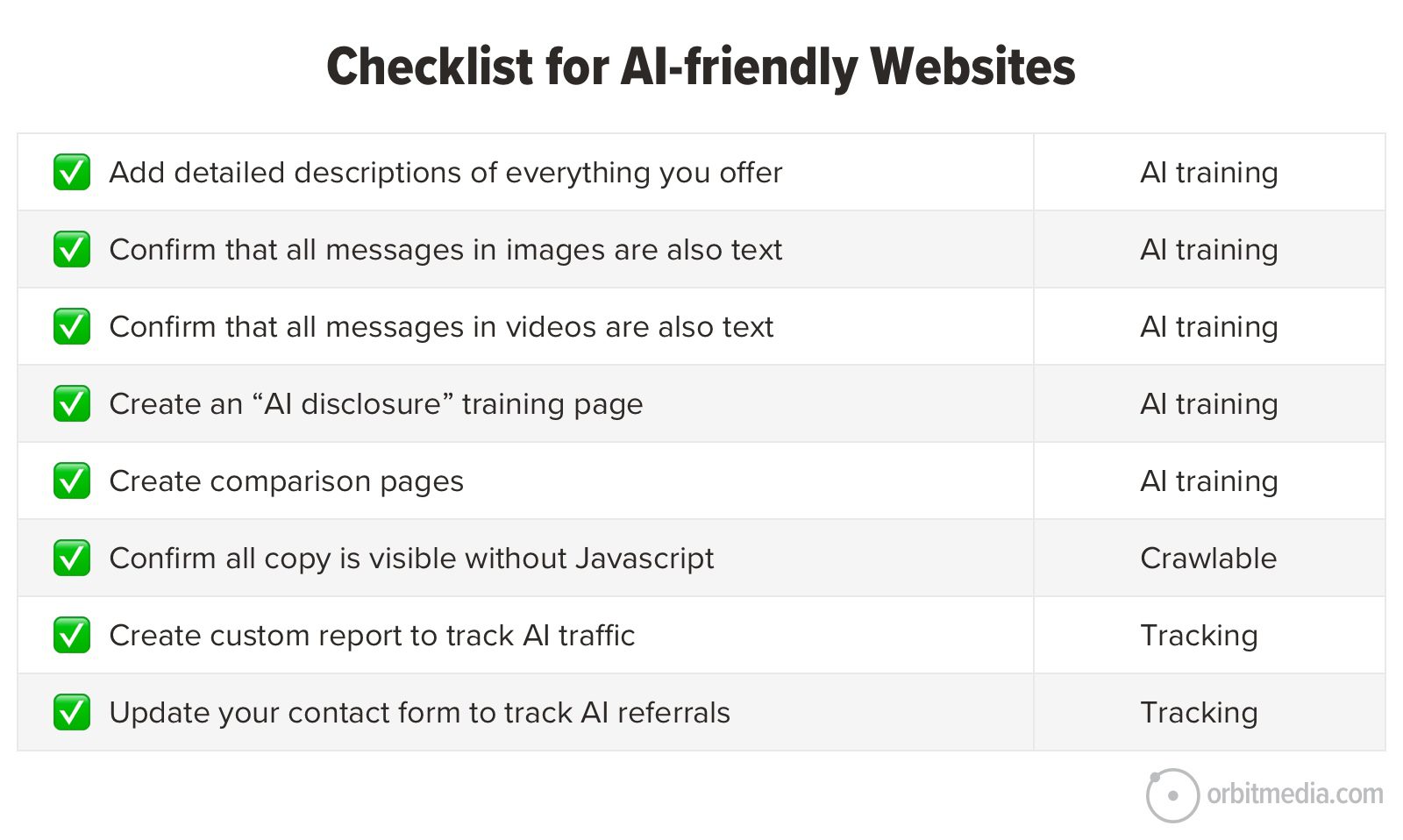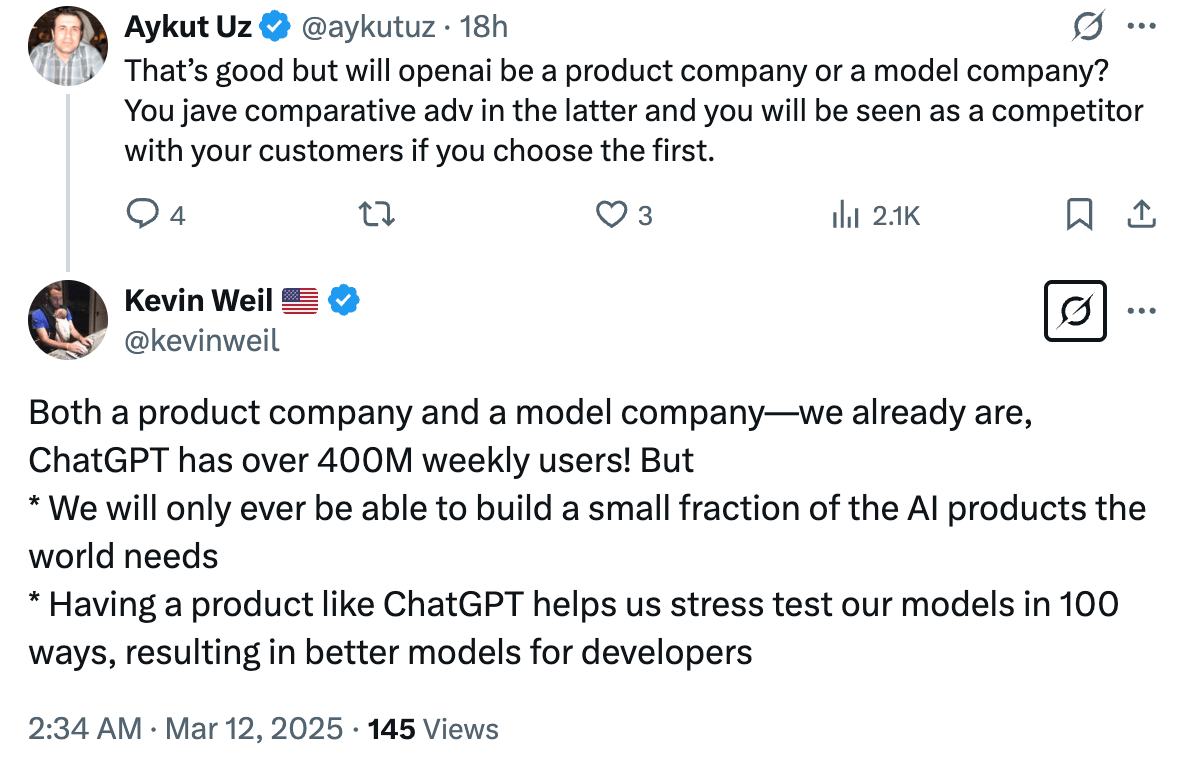Netflix Earnings, Netflix’s Growth Plans, Ads and Price Segmentation
Netflix's earnings and 2029 goals show new avenues of growth that are downstream from increased segmentation.

Good morning,
On Monday’s Sharp Tech, we discussed Memory on ChatGPT and the future of AI companionship, and OpenAI’s platform ambitions.
On to the Update:
Netflix Earnings
From Netflix:
Netflix Inc. reported record profit to start the year, allaying concerns of a slowdown or fears the streaming leader might be hurt by growing economic uncertainty. First-quarter earnings rose 25% to $6.61 a share, the company said Thursday, easily beating analysts’ estimates. Sales grew to $10.5 billion, in line with projections. The results were boosted by a recent price increase and a strong slate of programming across the globe, like the hit UK series Adolescence.
Investors have come to see Netflix as a safe bet during a time of great economic uncertainty and challenges for conventional movie and TV businesses. With a global audience of more than 700 million viewers, the company said it has seen no impact on its business from President Donald Trump’s tariffs or the market volatility that has followed…Entertainment has been resilient during past recessions, [co-CEO Greg] Peters said, and Netflix has rolled out lower-priced subscription plans that give consumers an alternative if they want to save money…
Thursday’s report marked the first time Netflix has reported financial results without disclosing how many customers it added or lost — the main yardstick investors previously used to gauge the company’s performance. Management is steering investors to judge its success or failure based on more traditional financial metrics.
I have to say, while I understood the rationale for no longer reporting subscriber metrics, their absence makes for a much more boring earnings update (but like I said, I understand the rationale). Fortunately, the Wall Street Journal stepped up with a report from the company’s internal annual business review that has lots of juicy forecasts. I’m going to dive into the details below, but co-CEO Ted Sarandos was not happy with the leak; from the earnings call:
Look, we have a unique culture. And part of it is this open information operating style, and it has served us very, very well. On rare and very disappointing occasions, our confidential and internal discussions can leak into the press. And while we wouldn’t normally comment about leaked internal information, we do want to be extra clear about this. We often have internal meetings and we talk about long-term aspirations. But it’s important to note that this is not the same as forecast. Our operating plans is the same as our external forecast and guidance. We don’t have a 5-year forecast or 5-year guidance. But you can assume that we are long-range thinking, and that we’re working hard every day to build the most loved and valued entertainment company for all of our stakeholders.
Peters added:
We do have big long-term aspirations and those aspirations are really grounded in the potential for growth that we see in the business. Now we think we’ve got a pretty good business today, over $40 billion in revenue. We’ve got over $300 million paid households. Those represent an audience of over 700 million individuals. We’re leading in streaming view share. But we also think that we’re a minority of our addressable market, our potential across any of those measures. If you think about engagement, we’re less than 10% of TV hours for an audience or a connected households perspective.
We still got hundreds of millions of folks to sign up. And from a revenue perspective, we’re about 6% of consumer spend and ad revenue in the countries we serve in the areas that we serve. So we believe we’ve got plenty of room to grow our engagement, our revenue and our profit. And as Ted said, do that to become the most valued and loved entertainment company for all of our stakeholders.
Peters is emphasizing the point I highlighted last earnings: Netflix’s share of hours is significantly higher than its share of revenue, which means the company has headroom for growth, not just in terms of hours but also in terms of price.
Netflix’s Growth Plans
From that Wall Street Journal story:
Netflix aims to achieve a $1 trillion market capitalization and double its revenue by 2030, ambitious goals that show its growing heft as the largest global streamer. Executives were optimistic about the company’s growth prospects at the streamer’s annual business review meeting last month, despite growing concerns on Wall Street about the economy and trade-policy uncertainty. They shared with senior staff ambitious goals for revenue, ad sales and operating income by 2030, according to the people who attended the meeting.
The goals that were reported include:
- A $1 trillion market cap, up from $440 billion today
- Double revenue from $39 billion in 2024 to $78 billion in 2029
- Increase advertising to $9 billion/year
- Triple operating income from $10 billion in 2024 to $30 billion in 2029
- Increase subscribers from 302 million in 2024 to 410 million in 2029
The advertising one is incomplete, because we don’t know how much Netflix made last year; the company has not reported how much advertising it has earned to date, claiming it is not material. However, Peters did say on last quarter’s earnings call that it had doubled year-over-year, and would double again this year, while the Wall Street Journal reported that eMarketer estimated that this year’s total would be $2.15 billion; I’m going to assume $1 billion in advertising revenue for 2024, which would be 2.6% of revenue, comfortably under the informal “material” threshold of 5%.
With that assumption out of the way, it is interesting to compare how Netflix hopes to grow over the next five years with how it grew over the last five years:
| in millions | 2019 | 2024 | Increase | 2029 | Increase |
|---|---|---|---|---|---|
| Revenue | $20,156 | $39,000 | 93% | $78,000 | 100% |
| Ad Rev | $- | $1,000 | – | $9,000 | 800% |
| Sub Rev | $20,156 | $38,000 | 89% | $69,000 | 82% |
| Members | 167 | 302 | 81% | 410 | 36% |
| Ad Rev/Member | $- | $3.31 | – | $21.95 | 563% |
| Sub Rev/Member | $120.69 | $125.83 | 4% | $168.29 | 34% |
| Price Per Month | $10.06 | $10.49 | 4% | $14.02 | 34% |
There are a few interesting takeaways here:
- First, the hoped-for revenue growth is actually nearly identical: a doubling over five years.
- Second, subscription revenue is still going to be a fraction of Netflix’s overall revenue; obviously it will be a much more significant portion of ad-tier members, who are likely to be a significant majority of new members in particular.
- Third, the subscription revenue/member actually barely rose over the last five years, despite several price increases in markets like the U.S. I suspect the primary reason is because of international growth at lower price points making up most new members, with the addition of the cheaper ad-supported tier being a secondary reason.
- Fourth, investors weren’t dumb: new member growth was very closely correlated to revenue growth over the last five years.
- Fifth, and in-line with Netflix’s new reporting, new member growth is not going to be as closely correlated to revenue growth over the next five years: the ad business and price increases will have a material impact.
That noted, new members will still matter most. When it comes to the incremental $39 billion Netflix hopes to bring in in 2029:
- $12.8 billion will be due to price increases on existing customers (302 million customers times $168.29 projected subscription revenue/member)
- $5.6 billion will be due to increased advertising revenue (302 million customers times $21.95 projected ad revenue/member)
- $20.5 billion will be due to new members monetized with both subscriptions and ads
Keep in mind that because Netflix does not provide any breakdowns of which members are on which tiers, these are all averages across increasingly diverging subscription tiers. The ad-supported tier, for example, will be responsible for all of the advertising revenue; on the flip side, the expectation for everyone not on the advertising tier is that prices will actually go up a lot more than 34% over the next five years (and, by extension, the above calculations likely undercount the impact of price increases).
Ads and Price Segmentation
About those price increases; from The Verge in January:
Netflix is raising prices yet again. In its latest earnings report released Tuesday, the streaming service announced that “we are adjusting prices today across most plans” in the US, Canada, Portugal, and Argentina. As shown on Netflix’s plans page, the ad-supported tier is increasing from $6.99 to $7.99 per month, while the standard ad-free tier will go from $15.49 to $17.99 per month. Its highest-priced premium tier is also increasing from $22.99 to $24.99 per month. The price hikes will go into effect during subscribers’ next billing cycle, according to Netflix spokesperson MoMo Zhou.
At the risk of reading too much into a single price increase, it is interesting to consider this price increase relative to cumulative price increases over the previous five years:
| 2019 | 2024 | 5 yr increase | 2025 | 1 yr increase | |
|---|---|---|---|---|---|
| Premium | $15.99 | $22.99 | 44% | $24.99 | 9% |
| Standard | $12.99 | $15.49 | 19% | $17.99 | 16% |
| Basic | $8.99 | – | |||
| Standard with ads | – | $6.99 | -22% | $7.99 | 14% |
The first benefit of ads is that it allowed for a price decrease in the entry level plan, even as its feature set improved (2 screens instead of 1, and HD instead SD). That noted, I do find the price increase in the ad-supported plan to be a bit of a disappointment; I would hope that ad revenue would make it possible to lower prices further, not raise them.
Secondly, it’s notable that Netflix likely already discovered that subscribers on the premium plan — 4 screens and 4K — have very low price elasticity.
Third, it’s the standard level with the biggest increase; that’s after growing considerably more slowly than the premium tier over the previous five years. That, more than anything, is the biggest reason why Netflix ads should be considered a success, even if they aren’t yet material to revenue: now that Netflix has a place to “catch” customers who are priced out, they have much more latitude to raise prices on everyone else. This is exactly what I was hoping for when I said that Netflix should sell ads in 2022.
This also prompted an upgrade to the Netflix executive script we hear every call about price increases; here’s Peters when asked about the impact of the macroeconomic environment on the company’s plans:
Yes, it really links to how we think about price changes. As we stated before, we really rely on our members to let us know when we’ve invested enough, grown the value in our offering, and then determine based on that when we adjust pricing to be able to reinvest back into our service. So we’re going to continue to follow that philosophy and that path rather than some predetermined plan.
We’ve certainly seen periods of challenging economic conditions historically in different countries. And we’ve generally been able to keep that positive flywheel spinning even in those situations. And I think that speaks to the gap between value and price and that we are for many people, a very good value, even as they’re being careful about where they spend.
We’ve also been expanding that range of price points, including a low priced ads plan in our ads market, which better allows us to offer the right plan at the right price to a wider range of consumers. So that’s all to say that we’re proceeding largely as we’ve done in the past, while continuing to work to improve both value and accessibility.
There is an aspect of covering tech where we all marvel when companies reinvent a business concept that every other industry has known about for a hundred years; in this case, Netflix has discovered customer segmentation, and hey, it works! And, given those 2029 goals, the company clearly expects it to work very well.
This Update will be available as a podcast later today. To receive it in your podcast player, visit Stratechery.
The Stratechery Update is intended for a single recipient, but occasional forwarding is totally fine! If you would like to order multiple subscriptions for your team with a group discount (minimum 5), please contact me directly.
Thanks for being a subscriber, and have a great day!








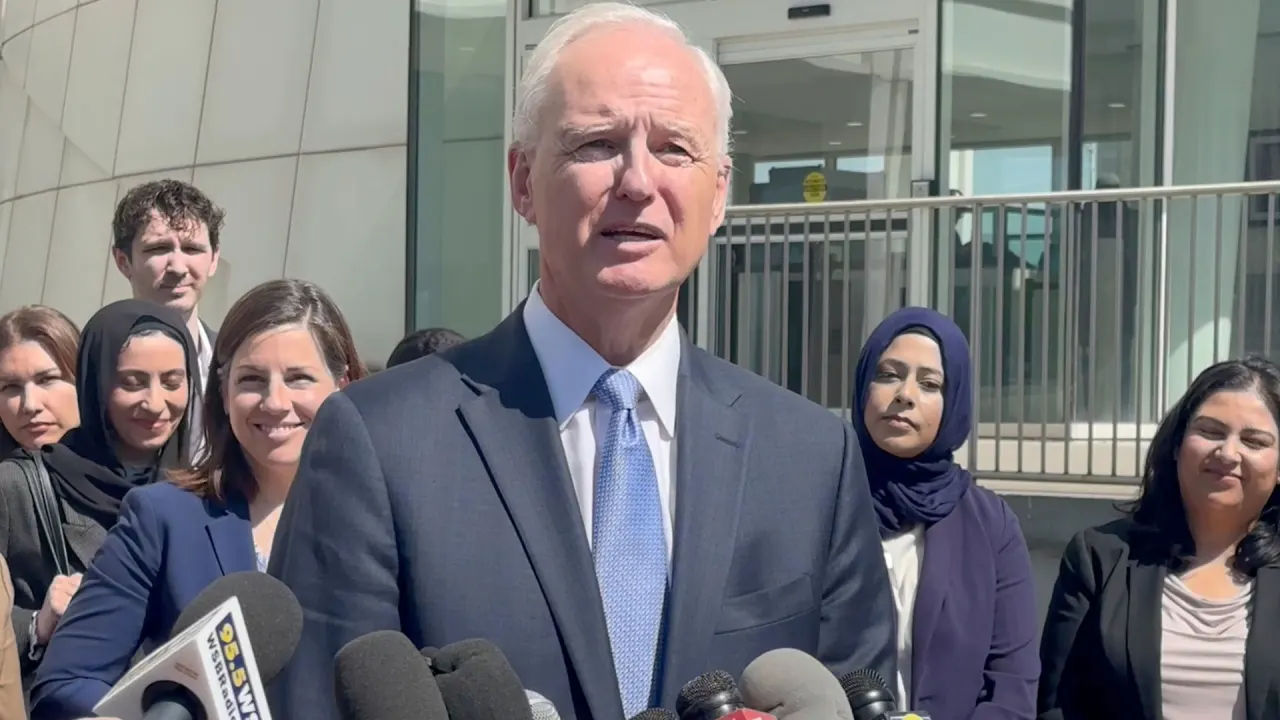
















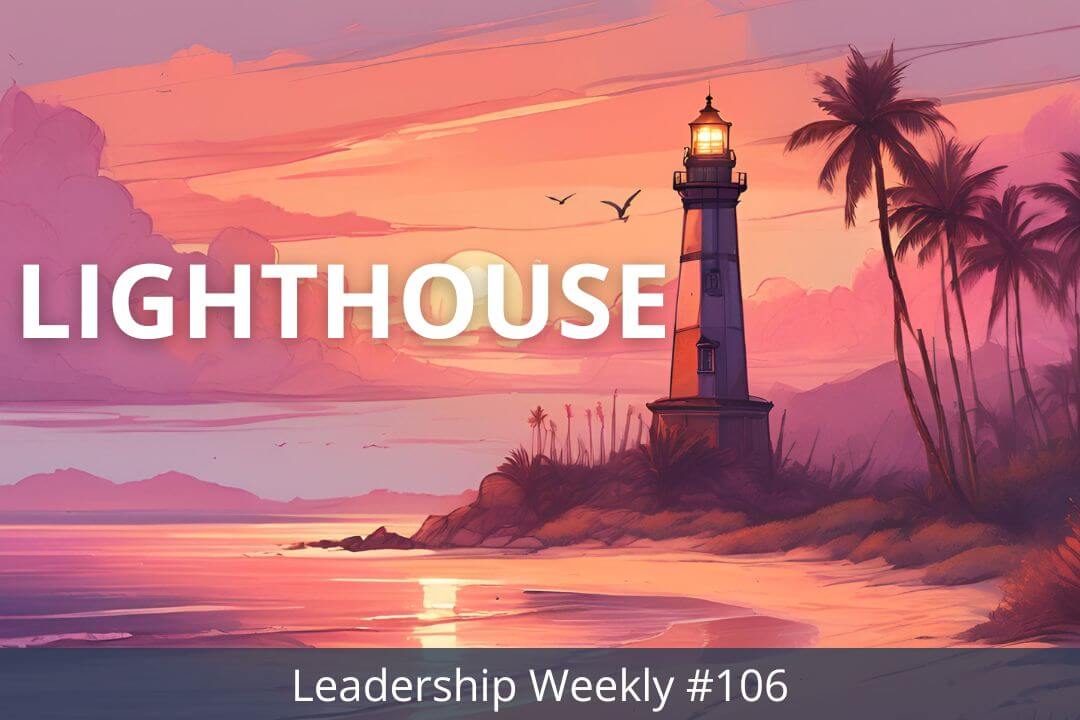


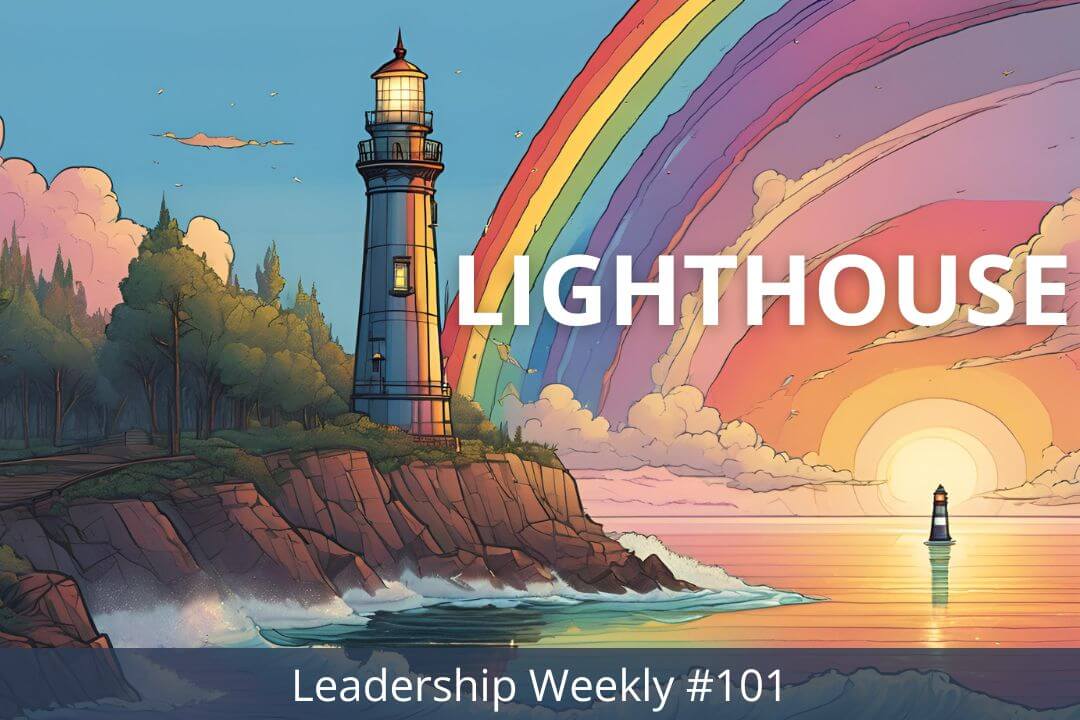





















































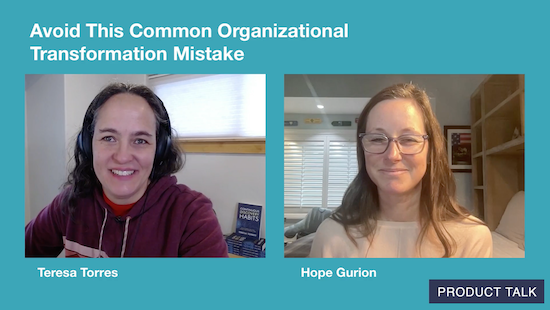
















![Building A Digital PR Strategy: 10 Essential Steps for Beginners [With Examples]](https://buzzsumo.com/wp-content/uploads/2023/09/Building-A-Digital-PR-Strategy-10-Essential-Steps-for-Beginners-With-Examples-bblog-masthead.jpg)





![How One Brand Solved the Marketing Attribution Puzzle [Video]](https://contentmarketinginstitute.com/wp-content/uploads/2025/03/marketing-attribution-model-600x338.png?#)


